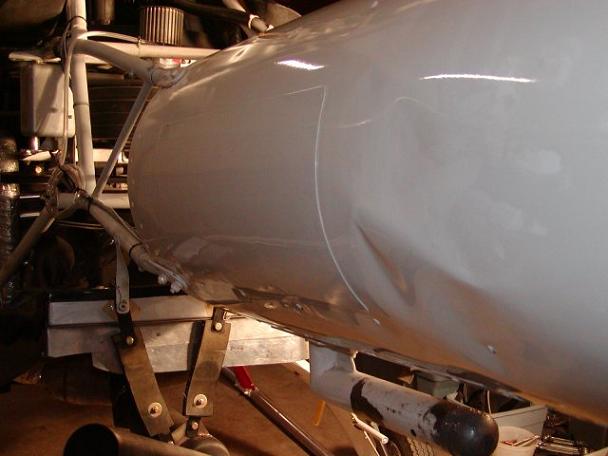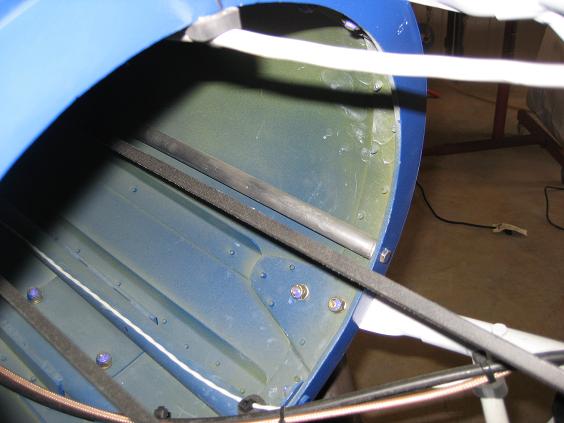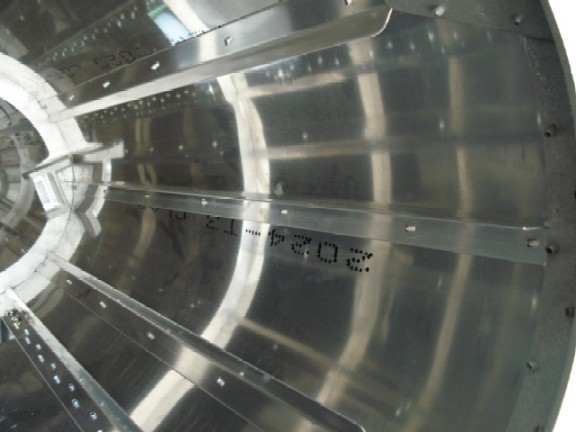 |
HINTS AND TIPS The Buttons below will take you through the different hints and tips that I feel will make your helicopter safer and more reliable. |
Tail Boom
Improper pilot technique can cause damage to your tail boom as well as other components on your helicopter. I have seen several Rotorway helicopters with crinkled tail boom skins between bulkheads one and two.This can occur during solo practice when the new student is setting the helicopter down with a lot of power applied, a lot of right anti-torque pedal applied pushing the tail boom to the left, and usually some rotation of the helicopter to the right. When the skids contact the surface and grab they stop but the anti-torque force is still being applied by the tail rotor with right pedal, the weakest point seems to be between bulkhead one and two. This is where the lateral force applied by the tail rotor at its far end is concentrated by the helicopters rigid frame, something may give and sometimes it is the skin on the left side that is being compressed that gives. Below are a couple of photo of what I occasionally have seen..
In the photo below the builder attached an extra piece of skin to the area that he hade damaged prior behind the first bulkhead but it does not extend back to the second bulkhead. He thought that just adding more support where the buckles occurred would prevent them from occurring again. You can see that the boom simply buckled just aft of the additional skin reinforcement when he again applied to much stress to his helicopters tail boom.
This pilot not only needs a new tail boom but some additional training in proper set down technique.
Here is a photo of a support brace installed between the bulkheads one and two by the builder in the hope to keep the tail boom from rippling in that area. This photo is of Andrew Burr’s Rotorway . He installed threaded end plugs into the ends of a piece of aluminum tubing and then drilled a hole in bulkheads one and two on the lower and upper left sides of the tail boom. He then made sure that the reinforcement rod was a tight fit and had to be forced into place and bolted into position. These two rods now carry the compression loads of the tail boom to the frame and help prevent the skin from buckling.
Shawn Mack's tail boom strengthened with three pieces of angle aluminum on the pilot side. After the boom is supported between bulkhead one and two, I have never seen the skin buckle further back on the tail boom. The tail rotor force does not seem have enough arm to apply sufficient force closer to the rear of the boom. |
| DISCLAIMER: The material on each page is the opinion of the author only and any actions taken by the reader relating to information on this site is the responsibility of the builder. |



